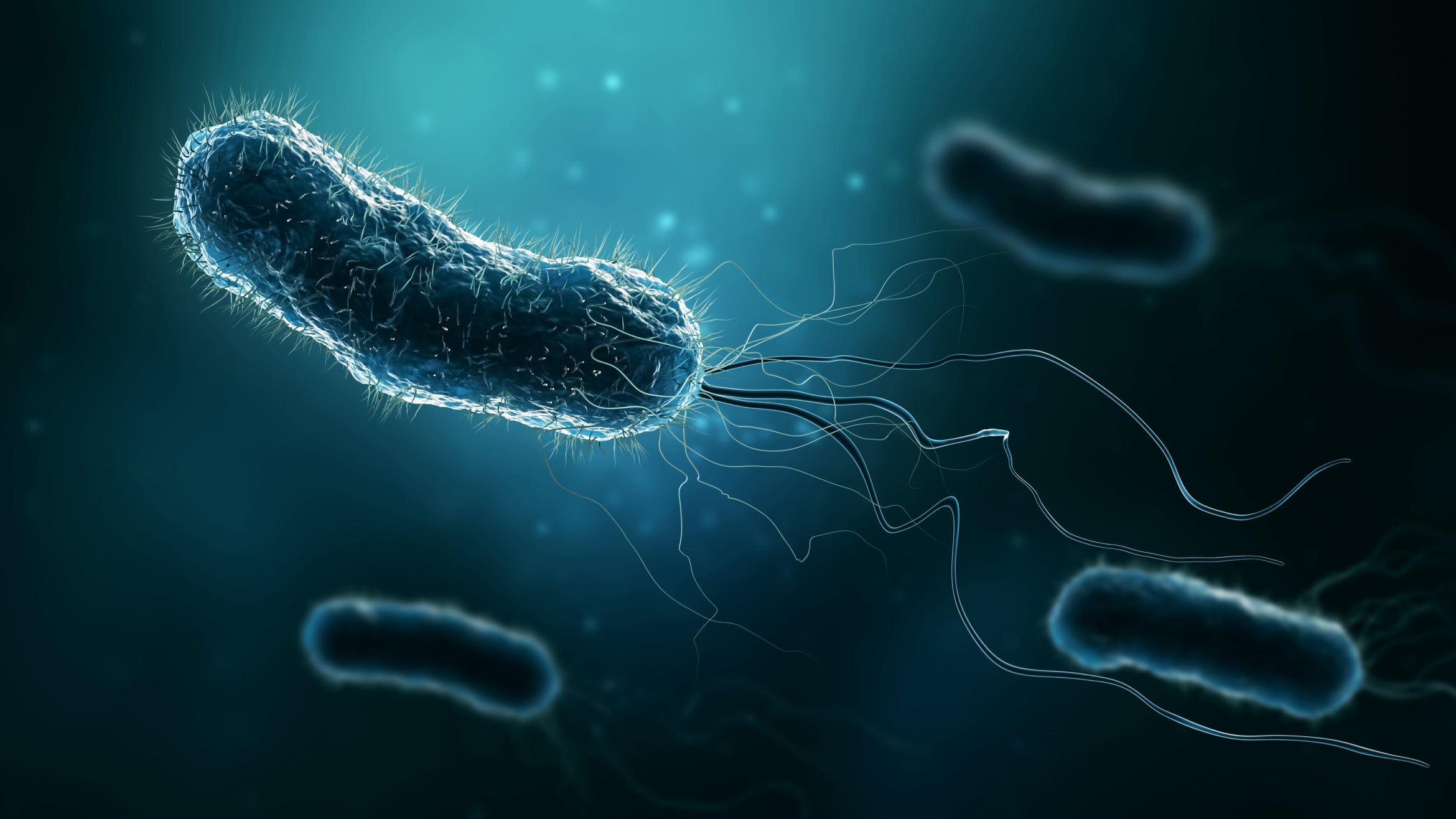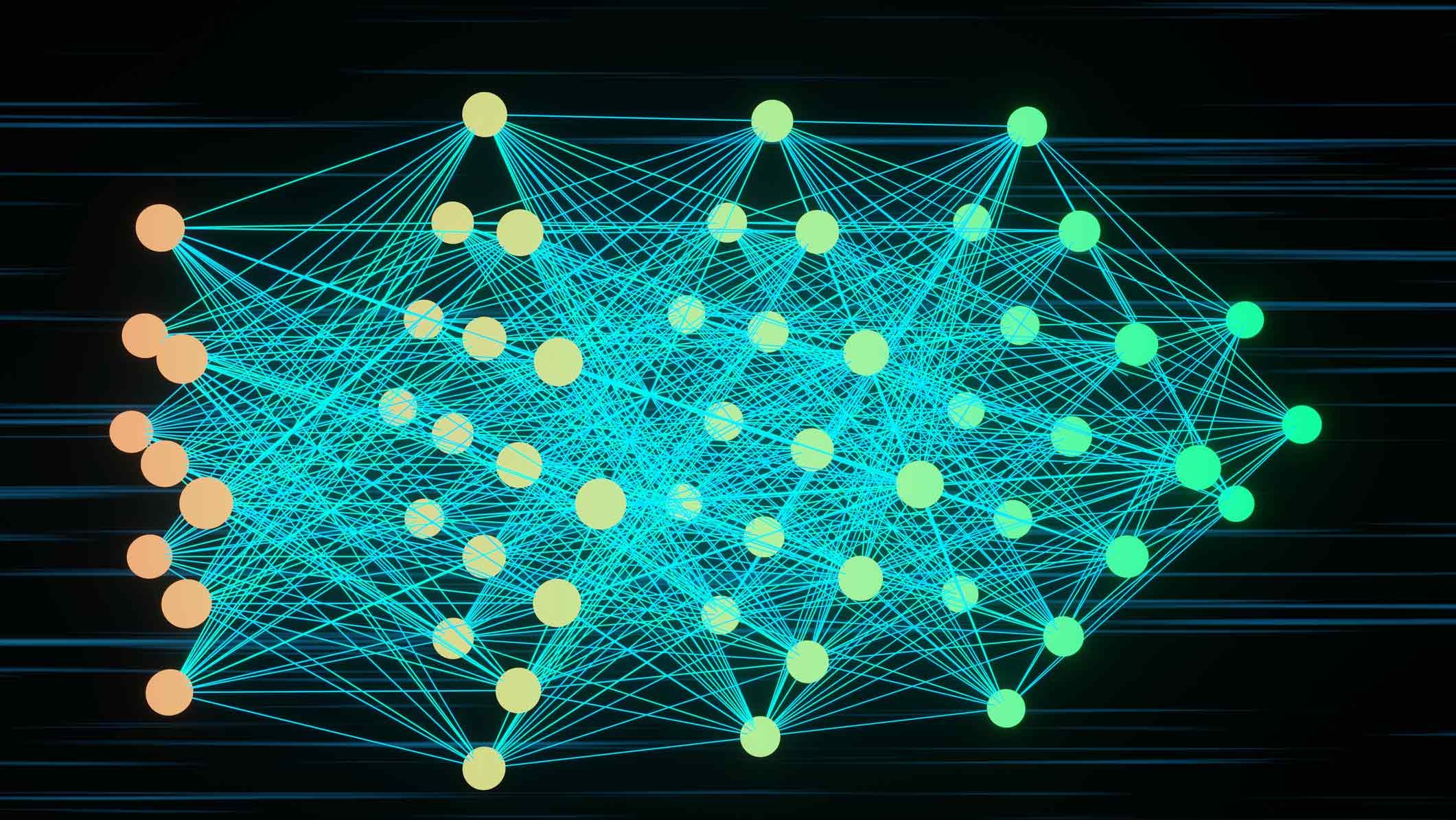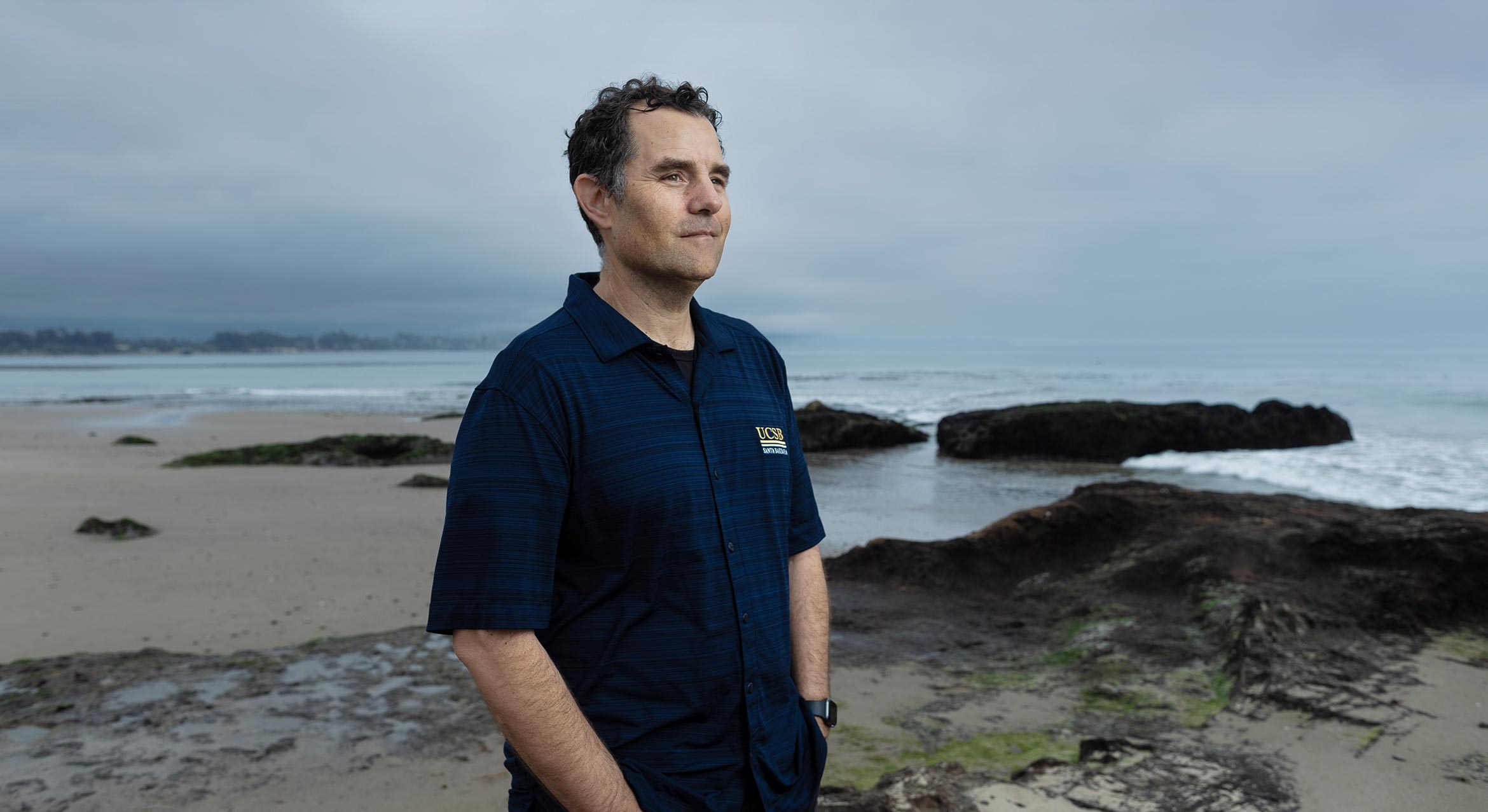
During a research voyage in 2011, Professor David Valentine discovered massive amounts of DDT dumped off the coast of Los Angeles. For several years he worked alongside graduate students, postdoctoral scholars and a journalist at the Los Angeles Times to publicize the issue, attracting attention and funding to study the contaminants and the risk they pose to society and the environment.
Valentine is familiar with ecological disasters, having responded to the Deepwater Horizon spill in 2010. But his research is far more comprehensive, investigating fundamental questions at the interface of microbiology and hydrocarbon chemistry.
Here Professor Valentine provides a glimpse of his life behind the headlines, discussing his research, policy work and professional trajectory.
Your lab’s work is pretty eclectic — a bit of biology, some oceanography, organic chemistry — what would you say unites your research?
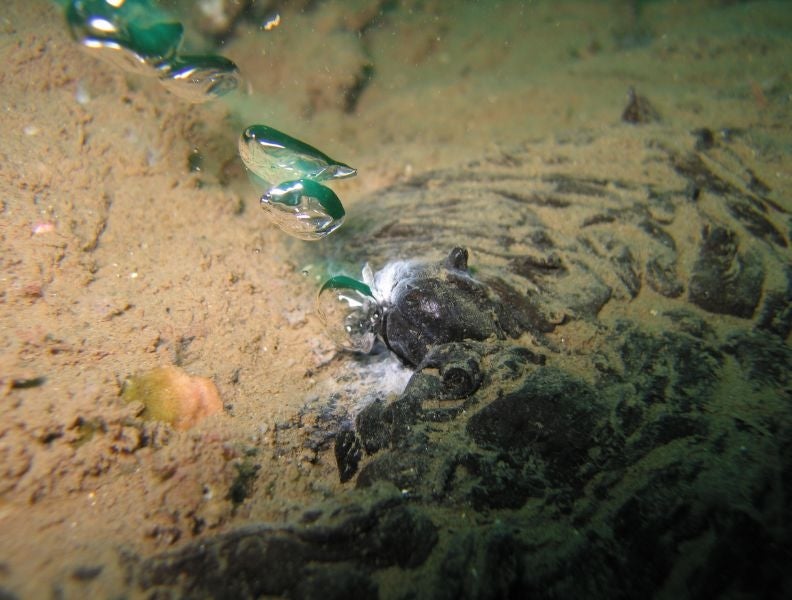
I have struggled for years to answer that question. And I think one of the main uniting factors is that my research involves interactions of chemicals and microorganisms. I received a really good education in biochemistry and environmental chemistry at the undergraduate and master’s levels, and that set me up for Ph.D.-level training as an Earth-systems scientist, studying microorganisms and their metabolisms and how that interfaced with the world around them. As I dove into that work, my projects ended up being marine focused.
Talk to me about how you integrate your more applied research, like oil spills and science policy, with more fundamental topics, like microbial ecosystems and biogeochemistry.
I didn't start out to make that bridge. I sort of always hoped I could do something that could make a difference. Eventually, I developed expertise that then put me in a position of understanding things about how nature worked that then became important.
I started my Ph.D. studying how hydrogen and methane — gasses that can both be produced and consumed by microbes — behave in nature. I knew that methane was going to become important because of its impacts on climate, and that hydrogen might become important if we ever actually moved toward a hydrogen economy. There is a saying out there that hydrogen is the fuel of the future, and always will be. So that line of research was a bit of a gamble on future trends.
After my Ph.D. I came to UCSB in part because the natural seeps, which I had visited once during graduate school. We have all this methane that's emanating from the sea floor, and it was really an ideal natural lab for me. I started collaborating with our seeps group and ended up getting an NSF CAREER Award in 2005 to investigate the coupling of microbiological and chemical processes in natural seeps. The topic was really, in some ways, a scientific backwater. People were interested in methane, but other natural gasses, oil and seeps were not a high-profile topic at the time.
Then in 2010, the Deepwater Horizon exploded and sank, and this incredible flow of oil came gushing out into the deep Gulf of Mexico, live-streamed to the world including a volume counter.
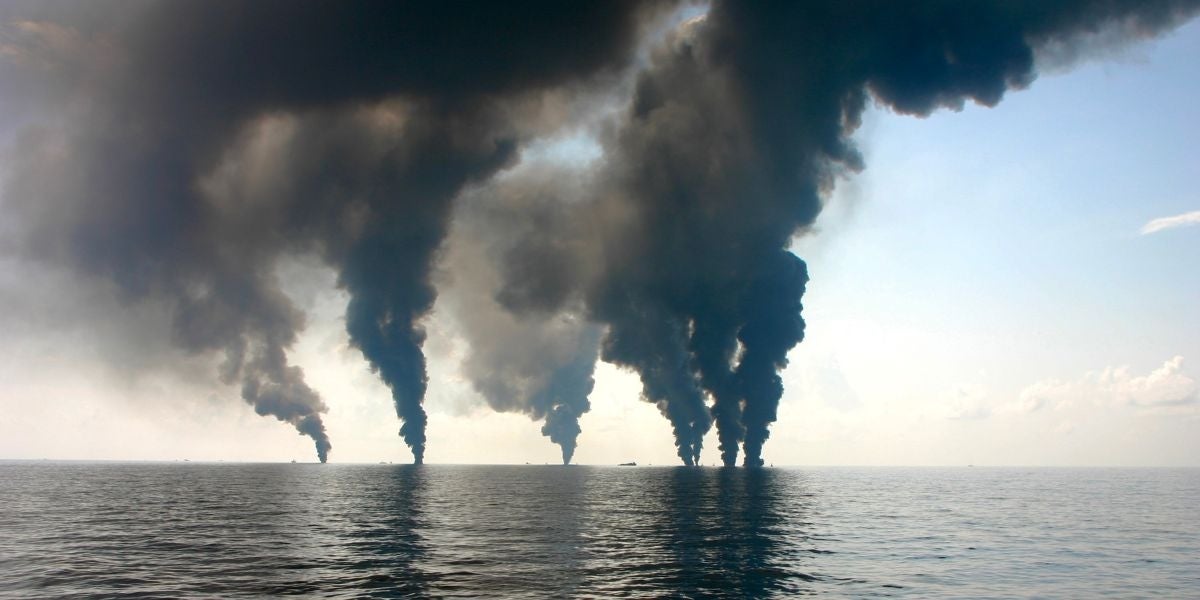
That was a bit of a turning point. My lab members and I had been thinking quite deeply about how microbes respond to petrochemicals entering the ocean, and suddenly we had petrochemicals entering the ocean at a very rapid rate, and everybody in the country suddenly cared about it.
So I pivoted my research and approached my funders at the National Science Foundation and Department of Energy and explained to them how the research they’d been funding could be applied to understand what was happening in the deep Gulf of Mexico. They agreed, provided supplements and rapid support, and within weeks I was getting on a research boat in Mississippi.
How did this affect your basic science research?
I realized that, with all of the resources that come for these events, I could do hypothesis-driven research. I could figure things out that people were genuinely interested in, members of the public and reports, not just scientists. It was an opportunity to leverage discovery from these disasters. So that became my lab tagline: Discoveries from Disasters.
And the world that I work in is microorganisms, right? We don't know what the vast majority of them do or how they do it. So every time we have one of these events and the ocean responds, we see who the microbes are that respond, how they respond, and how that interfaces with the environment. There is always something basic to discover with this approach.
And events like Deepwater Horizon generate a much larger response than you could create in the lab.
I often call that particular one a forbidden experiment that BP ran with no replication.
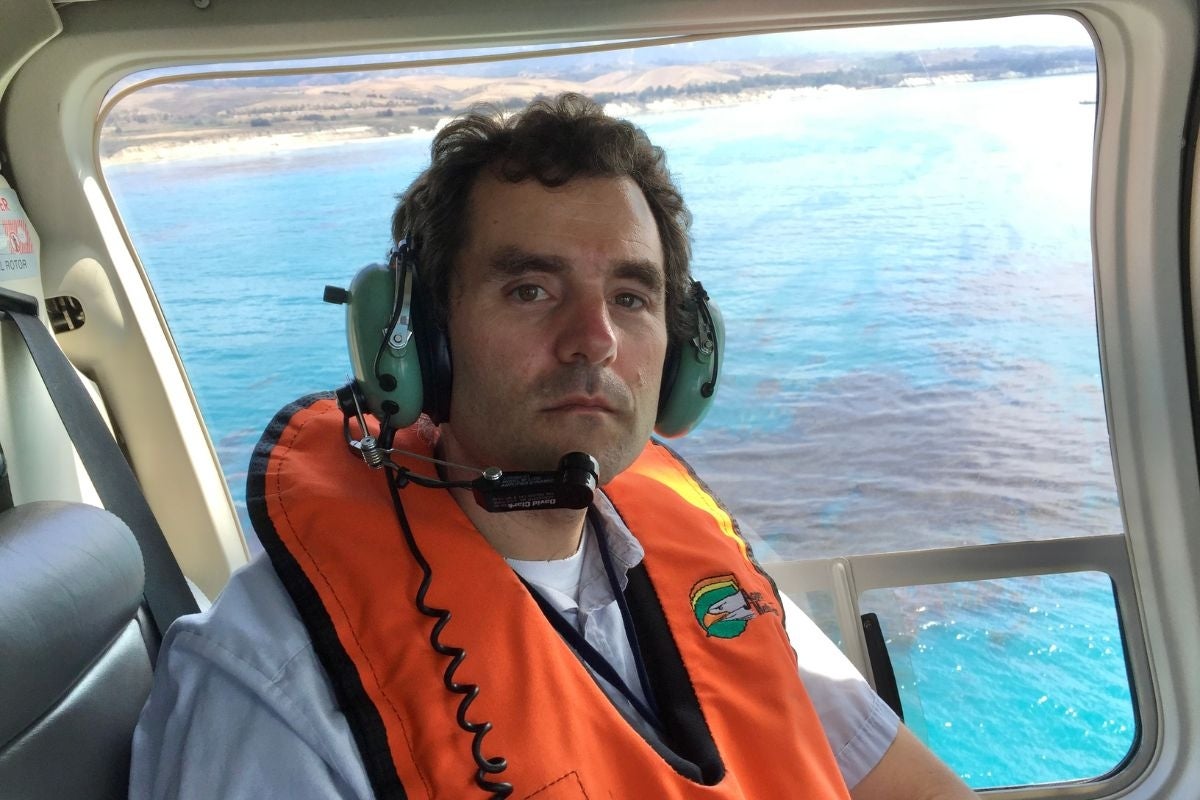
Did you always intend to bring your research into policy work?
Many years ago I wasn't sure if I wanted to do a Ph.D. in hard science or in policy. But I got some advice from a mentor who'd been very involved in policy, and he said, “if you want to do any sort of environmental science policy, you need to have expertise in the science first. Otherwise, nobody will ever listen to you.”
I was 20 years old, and it made sense to me. So I decided to pursue the science route thinking that I would get my scientific credentials and then move into policy. But as I got into my Ph.D. research, I realized I really enjoyed it. I enjoyed the freedom; I enjoyed the discovery. So coming out of my Ph.D., I was super enthused about pursuing my career in science and had sort of set aside the policy stuff. It really wasn't until Deepwater Horizon in 2010 that my interests in policy were balanced by the expertise that I could bring to the table.
I decided to dive more deeply into policy and communication after Deepwater. A turning point was the Aldo Leopold Leadership Program. They don't run it anymore, but it was an intensive, year-long program that trained cohorts of scientists to exist outside of the ivory tower. Part of that was media training, and there was also career visioning. They asked us to pick one thing that we wanted to do in the next five years. I ended up picking three things and 15 years. I'm two-thirds of the way there.
What did you choose?
One was the idea of creating a new major in marine science, housed in our College of Creative Studies. We had all these students that wanted to study marine science, but there was no marine science major. So I made the decision to focus my efforts over the following five years to create that major and just get it done. It made way too much sense for this campus to not do it. Our first cohort is now on campus.
The second idea is a work in progress that has to do with approaches to bioenergy and understanding how chemicals like hydrocarbons behave in nature, with the aim of developing renewable biofuel routes. We have made some good scientific progress on this, but not yet the sort of breakthrough I hope for.
And finally, I wanted to take the observations we had about all these barrels and chemicals on the sea floor off the coast of LA, figure out what was happening there, and let the public know about it. I wanted to provide a voice for the deep sea, to remind people about the unseen consequences of our actions, to the Ocean.
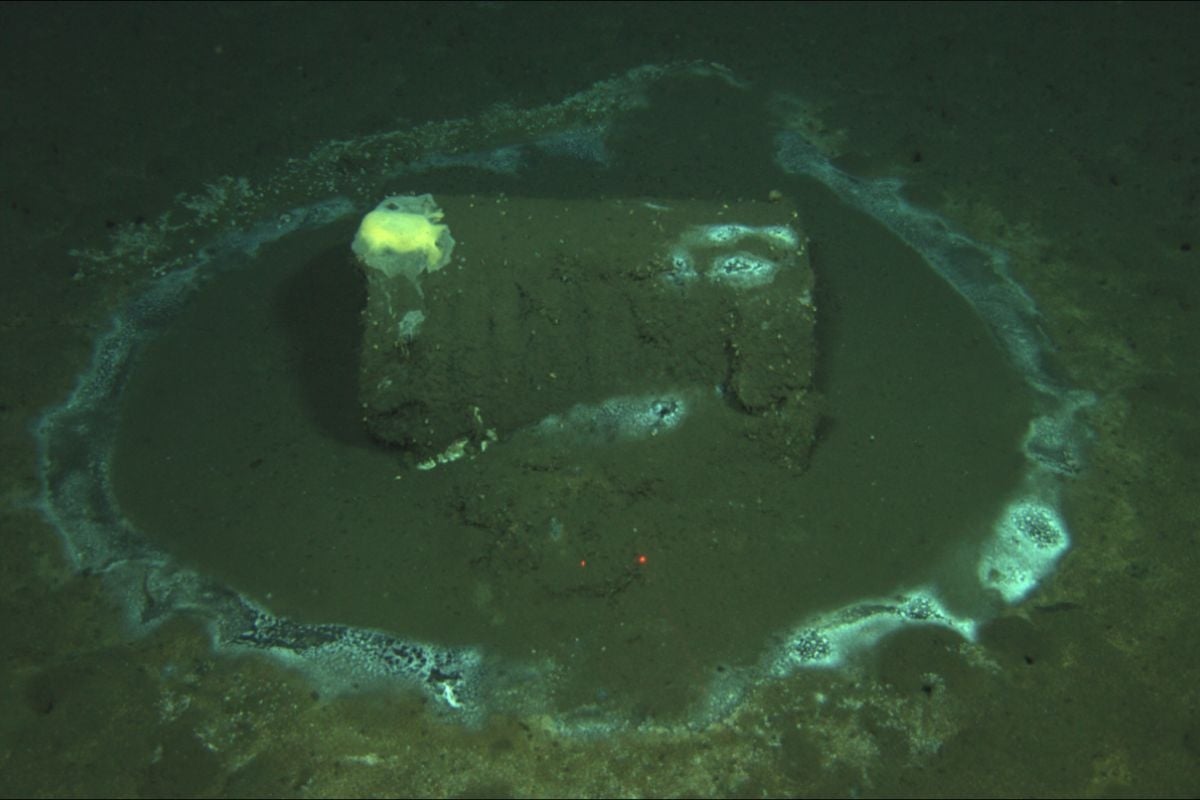
So publicizing the DDT discovery was a very conscious decision.
The idea was it's going to be five years, but two years after our initial observations things were going slow. The government was not interested in supporting the research. And so I decided to focus on that.
The imagery we had collected was evocative, but if we released it as is the narrative would have exploded uncontrollably, totally unconstrained. It would have just become another sensation that had no backing. I needed to do the science to understand what I was really looking at and how much of a problem it really was. That's why I didn't release any of that imagery for another six years.
Has it gotten to where you want yet?
My argument has been that we really need to define the scope of the problem. And we are maybe on that path now.
There are so many scientific unknowns: We don't know how much is out there. We don't know where it is. We don't know what all the co-contaminants are. We don’t know just how it’s impacting ocean life.
We've made advances, we're still trying to understand what the long-term fate looks like and the potential for all of this material that's spilled to get back into the biosphere.
And this is just one of 14 different sites off the coast of California that are going to have similar issues.
So this is part of a larger pattern, then?
Taking a 10,000-foot view, we probably need a national program to actually start looking at this to figure out where all this stuff is, and what are its impacts.
There was military, municipal, industrial, radioactive dumping, the full suite. And it's really such a hodgepodge of terrible records that I think there needs to be some renewed coordinated effort, with a modern lens and the application of modern technologies.
And I imagine that that's something that you're talking with policymakers about.
I've been doing quite a bit of that recently. I’ve given seven briefings in recent months.
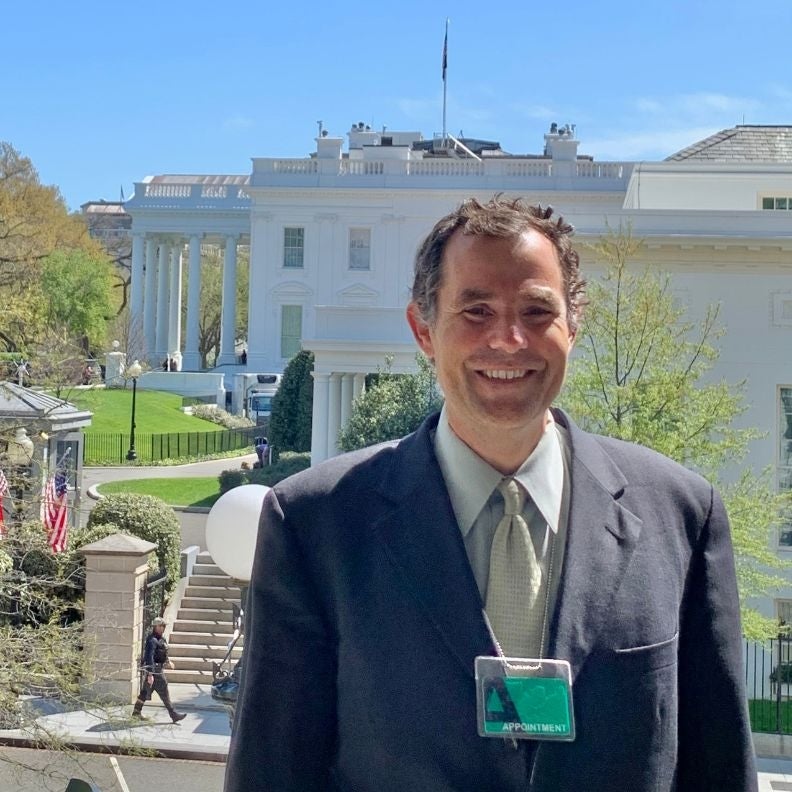
So how does this come back to your basic science research? Do you ever feel like you're being stretched in two very different directions?
I mean, I'm always stretched in, like, 10 different directions, but it's not diametric opposition.
Like the DDT problem, there's so much fundamental science that we don't understand. I can answer these applied questions, but it takes fundamental new knowledge to really do it. This is how I've treated all of the disasters that I've worked on: They are opportunities to learn how nature behaves.
We're also using it as an opportunity to address questions that we would frankly never have the funding support to do otherwise. I have a student who's doing a biogeographic study of the microbial populations throughout the offshore Southern California region. And we're able to go out and collect the samples and pay for all the sequencing and analyses at a scale that we wouldn't be able to do otherwise.
What aspects of your career so far are you most proud of, and why?
I would say mentoring students — graduate and undergraduate — and getting them excited about conducting research. This is what really drew me into the College of Creative Studies, getting students who are already research-curious and providing them an opportunity to explore that interest and develop it into a real passion. This goes to one of my long-time lab mottos: People first, then science, then funding.
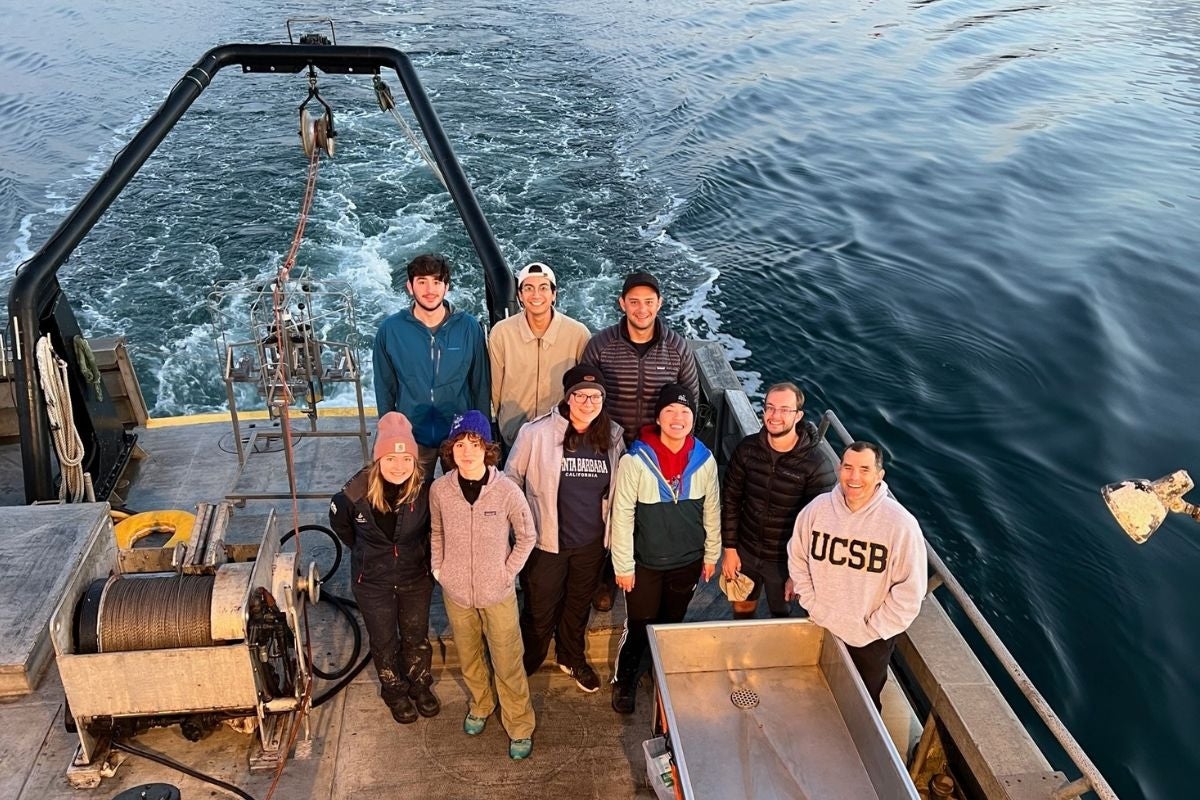
Harrison Tasoff
Science Writer
(805) 893-7220
harrisontasoff@ucsb.edu

